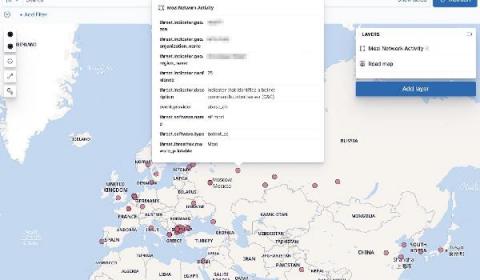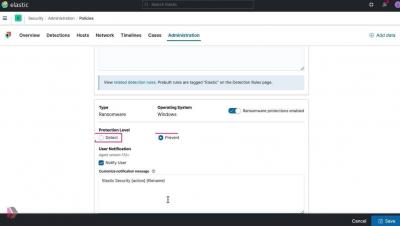Establish robust threat intelligence with Elastic Security
As a powerful search engine, Elasticsearch provides various ways to collect and enrich data with threat intel feeds, while the Elastic Security detection engine helps security analysts to detect alerts with threat indicator matching. In this blog post, we’ll provide an introduction to threat intelligence and demonstrate how Elastic Security can help organizations establish robust cyber threat intelligence (CTI) capabilities.









